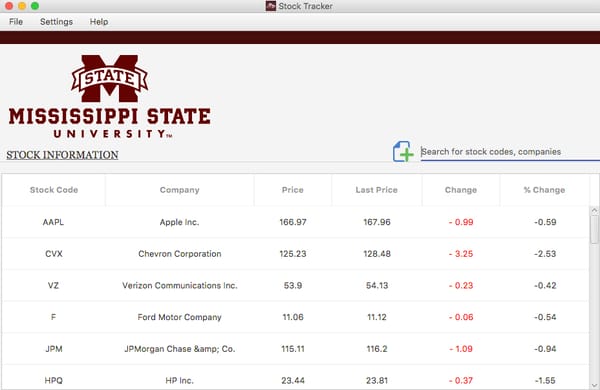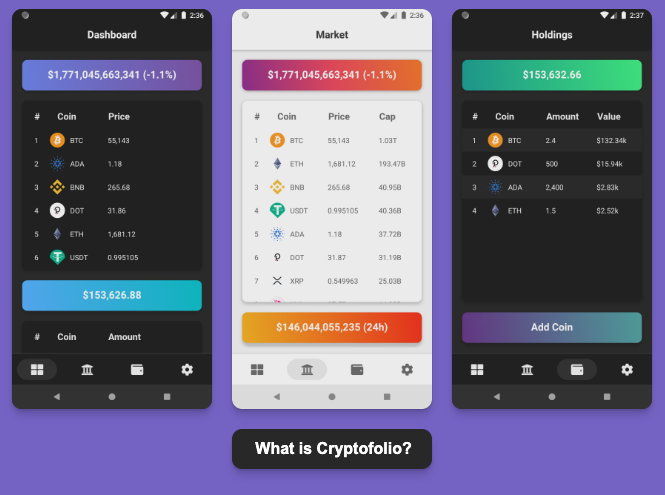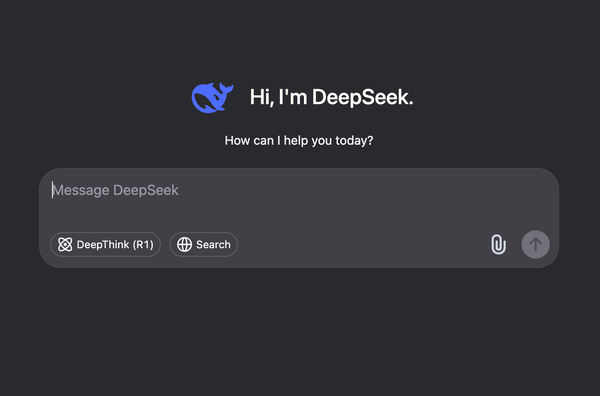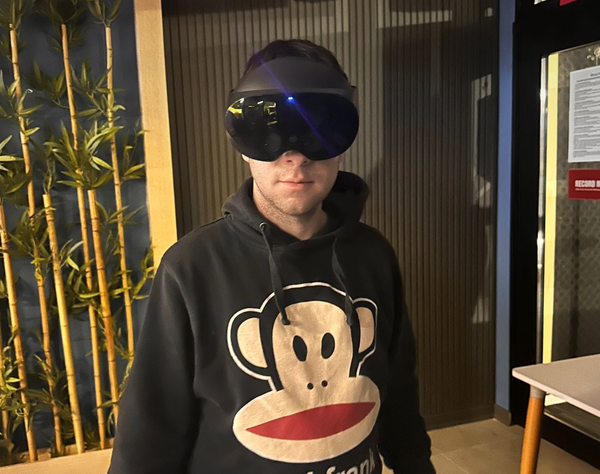Governance Models in DeFi: A Comprehensive Overview
Are You Truly Ready to Put Your Mobile or Web App to the Test?
Don`t just assume your app works—ensure it`s flawless, secure, and user-friendly with expert testing. 🚀
Why Third-Party Testing is Essential for Your Application and Website?We are ready to test, evaluate and report your app, ERP system, or customer/ patients workflow
With a detailed report about all findings
Contact us nowTable of Content
Decentralized Finance (DeFi) has emerged as a revolutionary force in the financial sector, enabling a new era of financial services that operate without the need for traditional intermediaries. By leveraging blockchain technology, DeFi projects offer services such as lending, borrowing, trading, and yield farming in a transparent and permissionless manner.
However, the success and sustainability of these projects hinge on effective governance models that facilitate decision-making, resource allocation, and conflict resolution among stakeholders.
Governance in DeFi refers to the frameworks and processes that govern how protocols are developed, upgraded, and managed. Given the unique challenges posed by decentralized systems—such as community engagement, security, and regulatory compliance—understanding various governance models is essential for anyone interested in navigating the DeFi landscape. This article delves into the primary governance models utilized in DeFi, examining their mechanisms, benefits, and challenges, and providing real-world examples to illustrate their application.
Understanding DeFi Governance
DeFi governance encompasses the rules and protocols that dictate how decisions are made within a decentralized ecosystem. Unlike traditional finance, where centralized entities make decisions, DeFi governance involves a diverse set of stakeholders, including token holders, developers, and users, who collectively influence the protocol's future.
Key Components of DeFi Governance
- Decentralization: A fundamental principle of DeFi is decentralization, which aims to distribute power among participants rather than concentrating it in a single authority.
- Token-based Voting: Many DeFi projects utilize governance tokens, which grant holders voting rights on critical issues such as protocol upgrades, fee structures, and partnerships.
- Proposals and Voting: Stakeholders can submit proposals for changes or improvements to the protocol, followed by a voting process where token holders can express their preferences.
Governance Models in DeFi
DeFi projects implement various governance models to achieve their objectives. The most common models include:
1. Token-based Governance
Token-based governance is the most prevalent model in DeFi. In this model, stakeholders use governance tokens to vote on proposals and influence decision-making.
Advantages:
- Incentivizes Participation: Token holders are incentivized to participate in governance since they have a direct stake in the project's success.
- Transparent Voting: The process is transparent and recorded on the blockchain, allowing for easy verification of outcomes.
Disadvantages:
- Wealth Concentration: The model may favor wealthy participants who hold a significant number of tokens, leading to centralization of power.
- Voter Apathy: Many token holders may not participate in governance decisions, resulting in low voter turnout.
Example:
Aave, a leading DeFi lending platform, utilizes a token-based governance model where AAVE token holders can propose and vote on protocol changes, such as adjusting parameters or adding new assets.
2. Liquid Democracy
Liquid democracy combines direct democracy and representative democracy, allowing participants to vote directly on issues or delegate their voting power to trusted representatives.
Advantages:
- Flexible Representation: Users can choose to delegate their votes to someone with more expertise on specific issues, enhancing informed decision-making.
- Empowers Individuals: Individuals maintain the option to vote directly, ensuring their voice is heard.
Disadvantages:
- Complexity: The model may be complex to implement and understand, potentially discouraging participation.
- Delegation Risks: Misplaced trust in representatives can lead to decisions that may not align with the community's best interests.
Example:
The Decred project employs liquid democracy, allowing token holders to vote directly or delegate their votes to others, ensuring a dynamic governance process.
3. On-chain Governance
On-chain governance involves executing governance decisions directly on the blockchain, enabling automated and transparent updates to the protocol based on voting outcomes.
Advantages:
- Transparency: All decisions are recorded on-chain, providing a clear audit trail of governance actions.
- Efficiency: Automated execution of decisions reduces delays associated with off-chain governance.
Disadvantages:
- Irreversibility: Once executed, decisions cannot be easily reversed, potentially leading to detrimental outcomes.
- Smart Contract Risks: Vulnerabilities in smart contracts can be exploited, jeopardizing the entire governance process.
Example:
MakerDAO uses on-chain governance, where MKR token holders can vote on proposals that directly impact the stability and operation of the DAI stablecoin.
4. Off-chain Governance
Off-chain governance involves decision-making processes conducted outside the blockchain, often through forums, social media, or community meetings.
Advantages:
- Flexibility: Off-chain discussions can facilitate more nuanced conversations and debates before formalizing decisions.
- Accessibility: Participants may find it easier to engage in discussions without the complexities of on-chain voting.
Disadvantages:
- Lack of Transparency: Off-chain processes can be less transparent, leading to questions about legitimacy and accountability.
- Fragmentation: Discussions may become fragmented across various platforms, complicating consensus-building.
Example:
Ethereum's development community often engages in off-chain governance through forums and social media platforms, discussing proposals and improvements before formal implementation.
Challenges in DeFi Governance
Despite the innovative governance models, DeFi projects face several challenges:
- Security Risks: Governance mechanisms are often targets for attacks, including malicious proposals and Sybil attacks where a single entity creates multiple identities to gain influence.
- Regulatory Uncertainty: As DeFi grows, regulatory scrutiny increases, and governance models must adapt to comply with evolving laws without sacrificing decentralization.
- Community Engagement: Ensuring active participation from a diverse group of stakeholders can be challenging, leading to governance centralization and disenfranchisement.
Conclusion
Governance models in DeFi play a crucial role in shaping the future of decentralized finance. As DeFi continues to evolve, understanding the intricacies of these governance mechanisms is vital for stakeholders looking to engage with or invest in these projects. Each model—token-based governance, liquid democracy, on-chain governance, and off-chain governance—offers unique advantages and challenges that must be navigated carefully.
Effective governance is essential for ensuring the sustainability, security, and growth of DeFi ecosystems. As projects refine their governance frameworks and strive for greater inclusivity and transparency, they will be better positioned to adapt to the rapidly changing landscape of the financial industry.
For those interested in exploring further into the world of trading and investing in DeFi, I recommend checking out Immediate Avonex for additional resources and insights.
FAQ
What is DeFi governance?
DeFi governance refers to the frameworks and processes that dictate how decentralized finance protocols are developed, upgraded, and managed.
How do governance tokens work?
Governance tokens are digital assets that grant holders the right to vote on proposals and influence the decision-making processes within a DeFi project.
What are the main governance models in DeFi?
The main governance models in DeFi include token-based governance, liquid democracy, on-chain governance, and off-chain governance.
What are the advantages of token-based governance?
Token-based governance incentivizes participation and provides a transparent voting mechanism for stakeholders.
What challenges do DeFi projects face regarding governance?
DeFi projects face challenges such as security risks, regulatory uncertainty, and community engagement issues.
How does liquid democracy differ from traditional voting systems?
Liquid democracy allows participants to either vote directly on issues or delegate their voting power to trusted representatives, providing flexibility and informed decision-making.
What is on-chain governance?
On-chain governance refers to governance processes that are executed directly on the blockchain, allowing for automated and transparent decision-making.
Why is community engagement important in DeFi governance?
Active community engagement ensures that diverse stakeholder interests are represented, promoting equity and preventing centralization of power.
How can security risks in DeFi governance be mitigated?
Security risks can be mitigated through robust smart contract auditing, implementing multiple layers of verification for proposals, and fostering a vigilant community.
What is the future of DeFi governance?
The future of DeFi governance will likely involve improved mechanisms for community engagement, enhanced security measures, and greater adaptability to regulatory changes.











